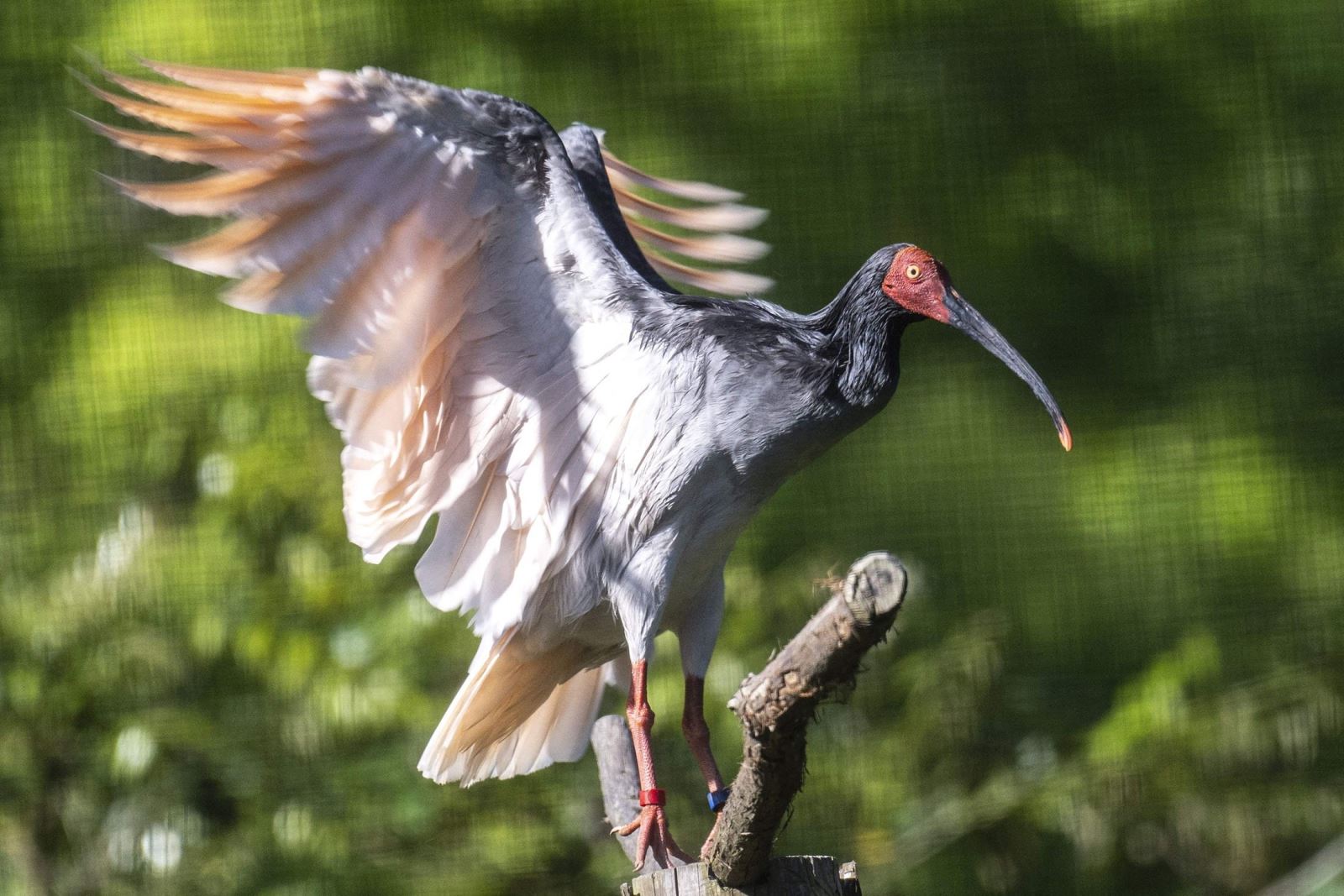Biodiversity is a key element in ensuring the planet’s health; the more it dwindles, the less balanced our ecosystems become. Safeguarding biodiversity has, therefore, become paramount in the fight for a better and healthier world. While there is much emphasis on climate change and how human activity contributes to it, conserving biodiversity is key in that conversation. As such, the second part of the UN Biodiversity Conference (COP 15), coming up at the end of the year is highly important. Governments of the world will gather to discuss and come up with plans on how to effectively take action to help protect biodiversity from further deterioration and also try to revive and protect endangered biodiversity.
While we know that the amount of threatened biodiversity is aplenty, there are some success stories that give us hope and serve as a real evidence of what protecting biodiversity actually looks like. Below are two examples of such successful efforts.

The Chlamydotis undulata, also known as the African Houbara, is a bird that can live in harsh desert conditions and one of the countries it is native to is Egypt. However, due to habitat depletion and overhunting, it came close to being extinct in the wild. A joint Egyptian–Emirati effort to conserve this resilient species in Egypt, however, is cause for optimism. The UAE-based International Fund for Houbara Conservation (IFHC) works on breeding houbaras with the purpose of releasing them into the wild where they originally reside in order to boost their numbers and bring them back from the brink of extinction. We could see this in action when, in June 2022, 2000 houbaras bred by the IFHC were released in the Omayed Biosphere Reserve in Egypt.
Interested to see how the IFHC breed houbara’s for conservation? Check out this video (English – Arabic).
Another success story that also has countries joining hands to save an endangered bird is that of the Japanese Toki. This bird is native to Sado Island in Japan; it was a fixture of the landscape, commonly seen wadding through rice fields, foraging for food and gliding majestically across the skies. Unfortunately, once pesticides became commonly used in farming, as well as rice fields being routinely drained, the Toki’s habitat was greatly disrupted. Its source of food became depleted and when it was available it was poisonous to the Toki. This caused the numbers to keep dwindling until only five birds were left in the wild.
Japanese Bird Returns from Extinction like Phoenix. Source: Dailysabah.com
In an effort to save the species, the Japanese Government took the remaining individuals in to try and help the species breed and make a comeback. However, their efforts failed and the last female Toki in Japan died in 2003. Nevertheless, all hope was not lost; China had a better outcome from their Toki conservation efforts and they gifted Japan with a breeding pair. The successful second try raised Toki numbers in the wild in Japan to around 450. Farmers on Sado Island learned their lesson and revisited their farming methods to avoid the devastating effect on a beloved animal in their environment.
Watch this video to see the Toki in action.
Seeing these two success stories is heartening. These initiatives around the world to protect biodiversity have heeded the call for action and are setting great example for what it means to protect and co-exist in harmony with nature.
References
ead.gov.ae
elbalad.news
houbarafund.gov.ae
nationalgeographic.co.uk
unep.org
Cover Image: Image by rawpixel.com on Freepik